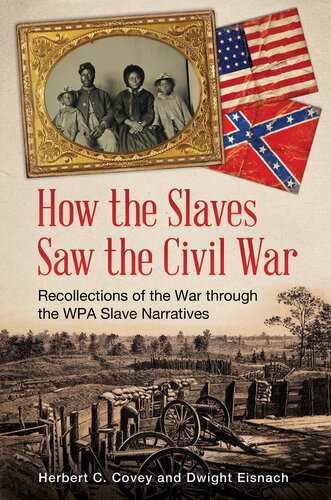

Most ebook files are in PDF format, so you can easily read them using various software such as Foxit Reader or directly on the Google Chrome browser.
Some ebook files are released by publishers in other formats such as .awz, .mobi, .epub, .fb2, etc. You may need to install specific software to read these formats on mobile/PC, such as Calibre.
Please read the tutorial at this link: https://ebookbell.com/faq
We offer FREE conversion to the popular formats you request; however, this may take some time. Therefore, right after payment, please email us, and we will try to provide the service as quickly as possible.
For some exceptional file formats or broken links (if any), please refrain from opening any disputes. Instead, email us first, and we will try to assist within a maximum of 6 hours.
EbookBell Team

4.3
48 reviewsExamining narratives allows us to better understand what life was truly like for slaves: "hearing" history in their own words brings the human aspects of slavery and their interpersonal relationships to life, providing insights and understanding not typically available via traditional history books. How the Slaves Saw the Civil War: Recollections of the War through the WPA Slave Narratives draws upon interviews collected largely during the 1930s–1940s as part of the Federal Writers Project of the Works Progress Administration (WPA).
Because most slaves could not read or write, their perspective on the unfolding history of the war has been relatively unknown until these narratives were collected in the 1930s and 1940s. This book extracts the most cogent and compelling tales from the documentation of former slaves' seldom-heard voices on the events leading up to, during, and following the war. The work's two introductory chapters focus on the WPA's narratives and living conditions under slavery. The remaining chapters address key topics such as slave loyalties to either or both sides of the conflict, key battles, participation in the Union and/or Confederate armies, the day Union forces came, slave contact with key historical figures, and emancipation—and what came after.